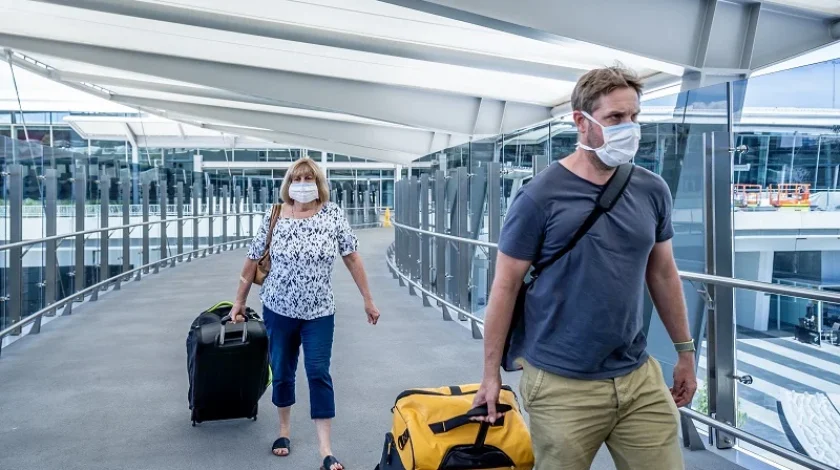On 18 April 2017, the government announced that the popular Temporary Work (Skilled) Visa (subclass 457) (‘457 visa’) would be abolished by March 2018, and replaced with a new Temporary Skill Shortage (subclass 482) (TSS) visa. The TSS visa came into effect on 18 March 2018, with its objectives being to improve the quality, contribution and integration of skilled migrants – while ensuring that Australian workers get first preference for jobs.
The following characteristics of the TSS visa are intended to promote those objectives:
- Occupations being split into 2 lists:
- the Short-term Skilled Occupation List (STSOL) and;
- the Medium and Long-term Strategic Skills List (MLTSSL).
Employees employed in an occupation on STSOL will only be able to remain in Australia on the TSS visa for up to 2 years and will not have the option of permanent residency under the TSS visa scheme. This means that only employees employed in occupations that are highly skilled and on the MLTSSL have the option of permanent residency.
- More robust Labour Market Testing arrangements will be in place in order for a TSS nomination to be approved. Employers must now provide evidence to show that at least 6 months prior to the lodgement of the TSS nomination application (or 12 months if the application was lodged prior to 18 June 2018), attempts were made to recruit a suitable Australian citizen or permanent resident for the role. Acceptable evidence includes a copy of advertisements placed for the role, and receipts for any fees associated with the placement of that role. Department officers will also need to be satisfied that there were no suitable Australian workers for the role, and this will involve demonstrating that the advertisement was published in Australia, and included details of the role such as a title or description of the position, the name of the employer/recruitment agency, annual earnings for the position, and that at least 2 advertisements were published on platforms such as a recruitment website or in print media.
- Visa applicants must have at least 2 years of relevant work experience in the nominated occupation, and the work experience should generally have been undertaken on a full time basis in the last 5 years. Previously, applicants were only required to show that they had the relevant skills for the position, with reference to their employment history in the past 5 years, with full/part time, casual and seasonal work being taken into account. This new requirement may be difficult to meet by many employees currently on working holiday visas (who have a 6 month work limitation for any one employer) and those on student visas (who have a part time work limitation).
- An English Language requirement, higher than was required for the 457 visa, will apply to applicants applying for a TSS visa with an occupation on MLTSSL, with applicants needing to obtain a minimum IELTS (or equivalent) average score of 5, with a minimum score of 5 in each component.
How will the changes affect you?
Employers
If you are an employer currently sponsoring employees on 457 visas, these 457 visas will continue to be valid until their expiration date.
If you wish to continue to employ these employees once their current 457 visas expire, you will need to lodge a new TSS nomination application, and a new TSS visa application (assuming there is no other visa option available to them, such as a permanent resident visa or the proposed Global Talent Scheme visa). It is important to note that due to changes to the occupation lists since the 18 April 2017 announcements, the occupations under the 457 visa may no longer be on the occupation lists under the new TSS visa. If the employee wishes to change occupations, they will need to lodge a new TSS nomination application, and a new TSS visa application.
Proposed changes to standard business sponsor requirements
To employ overseas workers on a TSS visa, the employing company must be approved as a standard business sponsor (SBS). The requirements to become a SBS are, in essence, the same as those under the previous 457 scheme, with the main difference from a business perspective being the proposed changes to the training benchmark requirements.
Under the current arrangement, SBS’s are required to ensure that for the duration of their SBS, they spend 1-2% (depending on which benchmark applies) of their total payroll towards the training of Australian workers. It is important to note that not all training activities count towards this benchmark. If this benchmark is not met for the duration of the SBS, this will present problems at renewal time. For many employers, ensuring compliance with this requirement has been difficult and expensive. Under proposed changes, the training benchmark requirements will be replaced with the Skilling Australians Fund (SAF) levy which will be collected by the Department of Home Affairs and administered by the Department of Education and Training.
The proposed SAF may make it easier for employers to meet the training requirements, as it eliminates the need to keep track of training expenditure throughout the duration of the SBS by replacing this with a one-off levy (ranging between $1,200-$1,800 per year depending on annual turnover), to be paid upon lodgement of the TSS nomination application. Until the SAF legislation is passed, current training benchmarks will continue to apply to SBS applications.
If you need immigration assistance, contact our Employment and Immigration Law Team.













